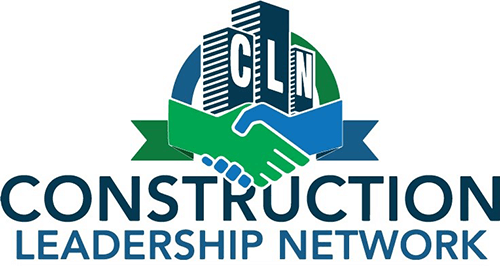Planning the Present
Thomas C Schleifer, Ph.D.
Managing working capital during this post pandemic disrupted economy has led to many questions from contractors. I have condensed all the questions on how to plan for the future economy into one synthetic question:
Syn Q. – How can I plan for the future when all the experts disagree on whether inflation will continue to accelerate my costs, or recession will evaporate the future jobs I am pursuing?
Planning
“Planning is not making future decisions. Planning is concerned with making current decisions in light of the anticipated future. It is not what should be done in the future, but rather what should be done now to achieve outcomes in the uncertain future.” (The Secrets to Construction Business Success, Rutledge, 2022)
The Uncertain Future
I agree that economic soothsayers are all over the place these days.
- Some are predicting continued inflation while others see a deep recession right around the corner. They both cite datasets that support their predictions and prove (the untenable position) that they are both right.
- The Fed is raising interest rates to contract the money supply and shrink demand while the treasury was printing money in the form of stimulus checks to buoy up consumer demand attempting to prevent recession.
- This economic policy schizophrenia is compounding the confusion created by the pandemic’s sudden work stoppages and attendant supply chain constraints pushing against the government’s attempt to “prop-up” the economy by artificially stimulating the demand side of the supply/demand equation.
It Doesn’t Matter
In the end, prudent management of a construction company of any size must learn to function in any and all economic environments. It does not matter if pundits predict recession or inflation. Our response needs to be appropriately adjusted to any economy in real time. Our ability to respond quickly will depend on our contingency planning techniques.
Contingency Planning
Some construction professionals may not be familiar with the term, contingency planning. Most of us have asked: “What’s plan B if our plan docent’s work?” That is contingency planning. The key in this uncertain economic environment is to plan for both inflation and recession, plan A and plan B.
Common Risk Factors
Effective “contingency planning” relies on an understanding that the risk factors effecting both plan A and plan B are the same. They are able to be identified and evaluated in the present before either economic scenario materializes. For example, The current capability of your staff and the present limits on available working capital will be the same risk factors whether the economy slides back into a recession or blazes ahead with rampant inflation. The shortage of skilled labor that currently plagues the industry is becoming so severe that it may remain the same no matter what happens in the future economy. In other words, the economic engine that is your company is capable of producing the same amount of energy whether you are pushing uphill or coasting downhill. The only variable is how much of this capability you will need to apply.
Variables
A competent construction CFO evaluates a construction company’s capability before contracting for any new project. That capability metric is the constant in a company’s “go/no go” decision formula. The variables are the size and complexity of the job under consideration, the competitive bid environment, the reputation of the owner, the location of the project, the availability of subs you have a history with, and the cooperation of financial partners (banks and sureties). Macro-economic variables (recession, inflation, stagnation, etc.) are important when considering the industry-wide “big picture”, but the construction professional in the thick of things is only considering their ability to successfully complete the next contract. They are only planning for the present, in which case, macro-economics are not variables they typically consider.
Long – Range Planning
I can hear the many contractors who have worked with me in the past asking: “What about the long-range five-year plan you’ve been preaching to us for 30 years?”
Since the selling of “construction services” is carried out one contract at a time, we tend to confine our everyday planning to acquiring the next job and that makes perfect sense. Longer range planning is not project planning but rather – “A business plan provides guidance to the managers of a company for making (long-term) decisions in line with the goals and strategies of top management. It helps prevent piecemeal decisions and provides a forum to test the value judgments of decision makers within the organization. Perhaps the most significant value of a well-organized planning process is the improvement in communications among all levels of management…” (The Secrets to Construction Business Success).
“How can I plan for the future…?” My Answer: Plan for the present. Envision the future.
Next week we will discuss post pandemic macroeconomics.
For a deeper look into strategic planning, read more here: STRATEGIC PLANNING
For a broader view into risk management, read more here: RISK MANAGEMENT
To receive the free, weekly Construction Messages, ask questions, or make comments, contact me at research@simplarfoundation.org
Please circulate this widely. It will benefit your constituents. This research is continuous and includes new information weekly as it becomes available. Thank you.


